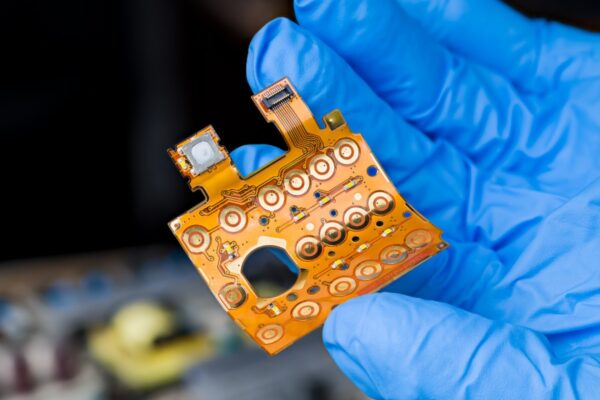What is Etch-back
Etch-back is the process of removing material from the sides or bottom of a trace or feature during the etching process. This lateral or horizontal material removal can result in a wider trace or feature than originally designed.
Etch-back occurs during the chemical etching procedure, which is commonly used to remove unwanted copper from the PCB substrate. The etchant used in chemical etching can attack the copper from the sides or bottom, causing the trace or feature to widen or undercut. Designers must consider the potential etch-back effect when creating PCB layouts, as it may require adjustments to the original trace widths to compensate for the material removal.
There are two types of etch-back processes: positive etchback and negative etchback. Positive etchback involves etching back the dielectric material in the hole walls, allowing the copper land to extend beyond the edge of the hole walls. This method is employed in applications that demand a higher level of reliability, such as Military, Medical, or Aerospace applications. On the other hand, negative etchback refers to the traditional approach where the copper land is recessed from the edge of the hole walls.
Etch-back can be eliminated by using plasma etching, an alternative method that employs a controlled plasma etchant to selectively remove material from the PCB substrate. Unlike chemical etching, plasma etching does not result in etch-back as the plasma etchant is more precisely controlled and does not attack the material from the sides or bottom.





